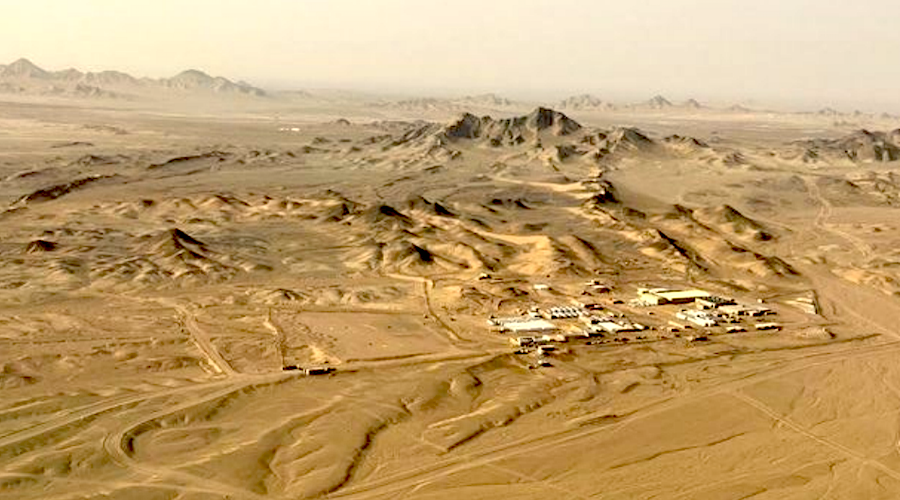Using eucalyptus trees to find gold

Image from Nature.
Eucalyptus trees that contain minute quantities of gold may be an “emerging technique” for prospecting.
Researchers had known that eucalyptus leaves contained gold, but they did not know if the gold came from the ground or airborne particles, writes Melvyn Lintern in his research paper published by Nature this month.
“There is no unequivocal evidence that Au is actually absorbed by plants over mineral deposits and that currently measured Au is not merely a result of dust contamination of samples,” writes Lintern, who works for the CSIRO Earth Science and Resource Engineering.
“Thus explorers are reticent to embrace an important emerging technique in which they lack confidence in its applicability, data quality and interpretation of results.”
To test where the gold is coming from, the researchers settled on the Freddo Gold prospect, 40 km north of Kalgoorlie in Western Australia. The Au mineral deposit is under ~30m of clay. There had been exploratory drilling in the area, but importantly no mining. There are also large eucalyptus trees in the area, some greater than 10m in height, a location researchers call “ideal” for their study.
The researchers found that the trees were “. . . highly anomalous in Au exclusively and directly over the buried deposit.”
Gold concentrations in the tree varied from 4 to 80 p.p.b. with leaves showing the highest concentration and bark the lowest.
“This observation conclusively demonstrates active biogeochemical adsorption of Au and provides insight into its behaviour in natural samples,” writes Lintern.
“The confirmation of biogeochemical adsorption of Au, and of a link with abiotic processes, promotes confidence in an emerging technique that may lead to future exploration success and maintain continuity of supply.”
More News
Capital signs civil works, tailings contract with Reko Diq
The contract will run through December 2028 and is expected to generate over $60 million in annual revenue.
April 02, 2025 | 03:31 pm
PDAC video: Energy Fuels produces rare earths using fast process, CEO says
The company made on-spec neodymium-praseodymium in less than a week at its White Mesa uranium mill.
April 02, 2025 | 12:52 pm
{{ commodity.name }}
{{ post.title }}
{{ post.excerpt }}
{{ post.date }}



6 Comments
prasanna kumar
Is Gold to be found in all areas with a profusion of eucalyptus trees, is it a biological indicator? PK
Danny Barrett
Sure I read about this way of discovering minerals 10 years ago.
Matt
Japanese have been using this technique forever, but alas not much gold in the Emperor’s lands. It is, IMO a technique that will gain some legs. Too bad the rainforest has horizontal roots as it could be a very environmental friendly way of exploring in jungle.
Vivian
Koala’s habitat is already shrinking. I hope they don’t remove more trees in their search for gold.
Rod
From the aspect of an exploration geologist that is familiar with bio-geochemical sampling protocols, I questions whether the 4-80 ppb value for gold “in the tree” is from ash or from biological materials. Does anybody have info on that?
Michael Bluth
That’s really crazy! That’s a lot easier than using a dredge! If you need any gold prospecting equipment check us out http://goldrushtradingpost.com